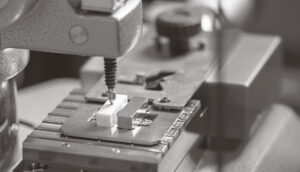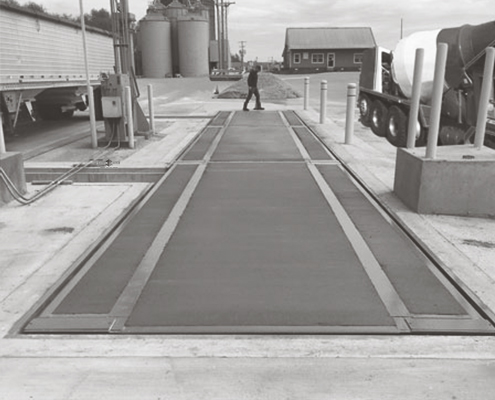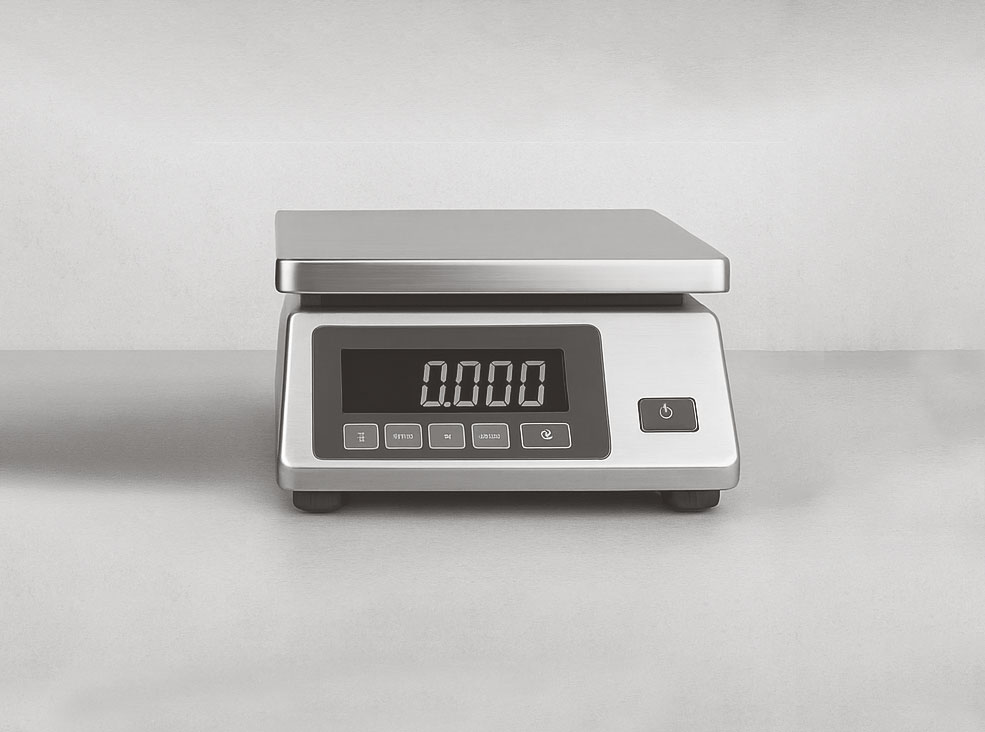Practical Advice for a Complicated Problem
Measurement errors can be frustrating challenge in both industrial and quality lab settings. Despite major technological advances, achieving 100% accuracy remains out of reach. Measurement uncertainty is a fundamental part of metrology, which means a perfect measurement is technically impossible. However, there are many ways to reduce that uncertainty and minimize the risk of errors. As a metrology company, our team has gotten pretty good at doing just that. Below are some practical tips we’ve learned to help improve reliability and reduce measurement errors.
If you’re looking for an article that dives into deep technical theory, formulas, or dense charts, then you’ve come to the wrong place. Experts have spent years mastering the science behind metrology. Our goal here is to translate that science into everyday advice into simple, actionable ways to improve the accuracy of your measurements and keep your equipment in check. If you’re interested in a deeper conversation about systematic versus random errors, the calibration experts at System Scale are always happy to talk measurement theory.
1. Equipment Quality
The fact is, some tools are simply not built for industrial accuracy. Consumer-grade instruments may work fine for casual use but often fail to meet the demands of industrial environments, especially when precision matters.
Common Quality Effects:
- Cheap equipment wears out quickly and is more prone to measurement drift.
- Just because a device displays a value does not mean that value is correct. It is essentially a guess. Equipment used beyond its intended resolution introduces a high degree of uncertainty and gives a false sense of accuracy.
- Due to poor build quality, cheap instruments often have zero drift or will creep after holding a load or measurement for an extended period.
- We recommend doing thorough research before purchasing measurement equipment. Tools like GWP or recommendations from industry professionals can help ensure your equipment is fit for purpose, meaning it can meet the measurement accuracy and environmental requirements of your process.
2. Improper Maintenance and Care
Just like changing a car’s oil, all machinery requires preventative maintenance to maintain performance over time. Even high-end equipment will degrade over time without proper care. Precision measuring instruments are no different.
Best Practices for Maintenance:
- Keep equipment clean. Dirt and grime build-up can slowly change your measured values over time. A simple clean between uses can work wonders to keep your equipment in working order.
- Regular calibration and adjustments ensure your equipment is reading accurately. Calibration Certificates also provide useful information for tracking equipment performance and predicting measurement trends.
- Proper equipment storage in protected temperature-controlled environments can mitigate the risk of accidental damage or warping.
3. Operator and Procedural Errors
Many measurement issues result from how equipment is used. Mistakes from improper methodology or inconsistent techniques are common but avoidable. Poor methodology can usually be fixed by implementing training programs or creating comprehensive measurement procedures.
Ways to Prevent Operator Error:
- Have a documented procedure. A detailed procedure can guide your team through the proper measuring and care steps required for consistent accurate measurements. A written process also helps ensure consistency across operators.
- Treat your instruments like they are made of glass. Even rugged tools require gentle handling. Rough handling, like forcing an object into place or dropping it, can easily damage components and affect measurement accuracy.
- Pay attention to placement. Although proper technique varies between measurement devices, poor placement can throw off readings. For most tools, maximizing surface contact improves accuracy.
- Allow readings to stabilize. In force-based measurements like mass, wait for the display to settle before recording the value.
4. Workspace Interference
The environment where you take a measurement matters. Workspaces are a common source of easily avoidable errors. In an ideal world, all measurements would be made in an independent and perfectly controlled environment. Since this is nearly impossible, the goal should be to provide the most stable, interference-free environment possible.
Easy Workspace Improvements:
- Use a flat, level surface suited for your tool. Most equipment is designed for use in a particular position.
- Place tools on stable platforms, like a surface plate, and use the appropriate mounting or stands to reduce vibration. Small vibrations that you may not even notice can cause erratic measurements.
- Keep your workspace clean and uncluttered. A congested workspace can cause unintended interference.
5. Environmental Disturbances
Ambient conditions such as temperature and airflow can silently affect results. Unless your process requires a high degree of accuracy, most environmental influences may not be substantial enough to justify the additional cost of a climate-controlled lab. However, there are a few changes that can be done in most situations to reduce measurement errors.
Environmental Factors to Watch:
- Let both the object and the equipment reach ambient temperature before taking measurements. This is especially relevant for dimensional measurements. The measuring equipment’s temperature and the object’s temperature should be the same. This can be accomplished by allowing both objects to acclimate to an environment before performing measurements.
- Avoid air drafts. Use draft shields or move equipment away from doors, fans, or vents.
6. Signal Interference
Regardless of the equipment type, all modern digital measurement tools rely on interpreting electrical signals to produce a reading. As digital tools become more common, and RF emissions and interconnected systems increase, signal interference has become a growing challenge.
Common Sources of Signal Disruption:
- Poor continuity from broken, dirty, or loose connections is one of the most common issues we see during service calls. Good cable management, such as keeping cables out of high-traffic areas or protecting them with conduit, can help prevent these problems.
- Radio Frequency Interference (RFI) is caused by certain spectrums of radio waves interfering with circuitry and displays. The first step is to determine the source of RFIs, then either move your equipment or shield it from the source of interference.
- Static buildup can introduce unwanted electrical charges in your sensitive gauges. Use anti-static mats and clothing, ionizing bars, and grounding.
7. The Object Being Measured
The final potential cause of measurement errors isn’t actually an issue with the measured value or the measurement equipment. It’s a feature of the object being measured. Although the values may actually be correct at the time of measurement, some objects change over time which gives the illusion of a measurement error. Unfortunately, many of these effects can be difficult to avoid, but there are certain tactics to account for their change.
Material Factors to Consider:
- Moisture content can affect weight, tensile strength, and dimensional measurements. While it can be difficult to fully control, a moisture analyzer can help identify moisture levels and account for their impact.
- Certain traits such as temperature and dynamic weight can be hard to measure as they tend to fluctuate. Sensors with a high update rate and stabilization software can help nail down these values.
- Flexible or soft materials may deform under pressure. Use a solid surface and apply consistent force to get more reliable results.
If you would like help reviewing your processes, troubleshooting measurement inconsistencies, or finding the right measurement equipment, the metrology experts at System Scale are here to help. We are passionate about measurement and committed to improving accuracy at every level of your operation. Request a consult below.



